American Academy of Physicians
March 20, 2023, News Staff — With the COVID-19 public health emergency set to expire on May 11, the AAFP is preparing members for coming changes and working to preserve innovations that have helped family physicians protect their patients and their practices through the pandemic.
New policies that arose under the PHE touch nearly every part of family physicians’ practices, from patients’ ability to access care to the payment physicians receive. That’s why the AAFP is navigating this transition using a two-pronged approach: ramping up advocacy that has already brought wins, and helping members adjust as they maintain thriving practices.
Here are six key points family physicians should know at this stage of the PHE wind-down:
1. Federal Vaccine Purchase and Distribution Will Continue for a While
Although COVID-19 vaccines will eventually move to the commercial market, the timing will not be tied to the end of the PHE. The administration has said that after May 11, the federal government will continue purchasing and distributing COVID-19 vaccines, meaning physicians can continue to order them for free and patients can still expect to receive the vaccines without out-of-pocket payment through private and public health plans.
As patients’ trusted partners in care, family physicians are in the best position to administer these vaccines. The AAFP is emphasizing this point in advocacy to ensure family medicine practices will be able to buy vaccines at reasonable prices and will be paid fairly for administering them once they move to the commercial market — likely in late summer or early fall.
2. Medicaid Beneficiaries Are Losing an Important Safeguard
The Families First Coronavirus Response Act had required Medicaid programs to keep beneficiaries continuously enrolled. That protection ends on April 1, when states will be able start disenrolling those who no longer meet eligibility requirements.
Congress and CMS created some guardrails that will protect beneficiaries and help those who lose Medicaid benefits enroll in other coverage. The AAFP is also pressing for more changes that would help preserve patients’ access to care, including better physician payment and fewer administrative burdens.
3. Telehealth Flexibilities Will Continue
The pandemic ushered in telehealth flexibilities that helped family physicians keep their communities safe when many people were uncomfortable with face-to-face visits.
Because the move carried other benefits, such as making it easier for patients with transportation challenges to see their family physician, the Academy made a strong case that these flexibilities should outlast the PHE.
The advocacy paid off with legislation that keeps Medicare telehealth flexibilities, including coverage and payment of audio-only encounters, in place through 2024, as well as a proposal from the Drug Enforcement Administration to continue allowing some prescribing via telehealth. The Academy is preparing detailed comments on that proposed rule.
4. A Boost to the FP Pipeline Is at Risk
The PHE also brought a change that helped family medicine build a stronger workforce: an expanded “primary care exception” that allowed all levels of Medicare outpatient evaluation and management visits, as well as several other services, to be furnished independently by residents and billed by their teaching physicians as long as they reviewed the care provided.
The AAFP is fighting hard to keep this rule in place even after the PHE expires as a way to maintain the robust residency training and deep patient-physician relationships that are essential to a strong primary care-centered health care system.
5. Family Medicine Is at the Table to Address Long COVID
The AAFP has made it clear that primary care must be at the center of any effective plan to address long COVID, even after the PHE winds down, and the administration responded with proposed funding for research and treatment that lines up with this advocacy.
Now the Academy is making sure family medicine has a key role in the country’s response to long COVID, and that patients can get the care they need.
6. Family Physicians Can Count on Help Navigating Changes
Watch aafp.org for tools, tips and advocacy to help members succeed as the full scope of the post-PHE landscape takes shape.
In addition, an HHS fact sheet explains how the transition will affect many changes that were rolled out during the pandemic. The Federal Register has also published guidance on the end of the PHE, and the Association of American Medical Colleges offers related information about residency supervision and payment issues.

